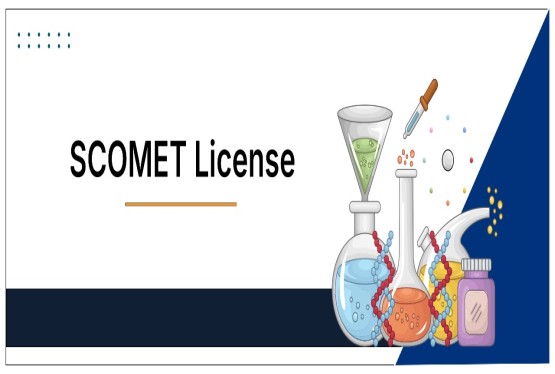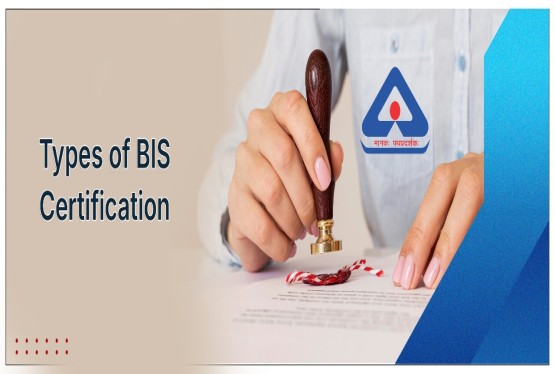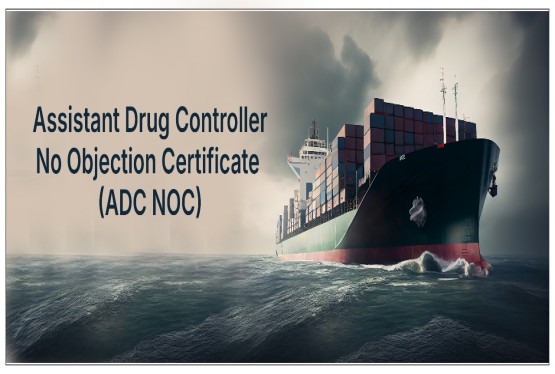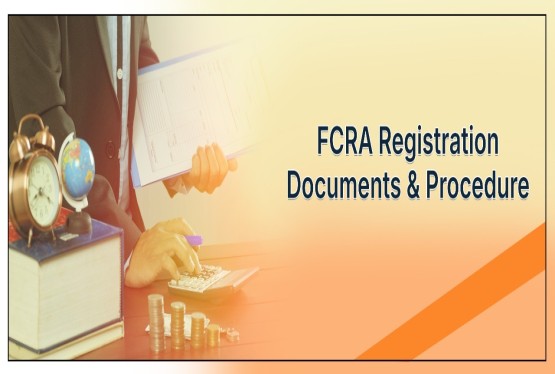Nowadays competitive business practices and maintaining consistent quality in products and services is very important for long-term success. The International Organization for Standardization (ISO) has developed ISO 9001, a globally recognized standard for Quality Management Systems (QMS), to help organizations achieve operational excellence. This certification serves as a testament to a company’s commitment to quality assurance, customer satisfaction, and continuous improvement.
ISO 9001 is not limited to any specific industry it applies to manufacturing firms, healthcare providers, educational institutions, IT companies, and service-based businesses alike. By implementing this standard, organizations can streamline processes, reduce inefficiencies, and enhance overall performance.
Overview of ISO 9001 Certification
ISO 9001 is part of the ISO 9000 family, which focuses on quality management principles and best practices. The most recent version, ISO 9001:2015, emphasizes risk-based thinking, leadership involvement, and integration with other management systems such as ISO 14001 (Environmental Management) and ISO 45001 (Occupational Health and Safety).
Core Principles of ISO 9001
The standard is built on seven key quality management principles:
-
Customer Focus – Organizations must understand and meet customer needs while striving to exceed expectations to be continued with organizational goal and role in consistent performance with quality.
-
Leadership – A business or an organization get the achievement due to a good team work, dedication and his hard work, Quality of a good leadership and Strong management participation safeguards clear quality objectives and employee engagement.
-
Engagement of People – A good combination of knowledge and Skil of Employees at all levels should be competent, empowered, and aligned with quality goals.
-
Process Approach – Businesses must manage activities as interconnected processes for greater efficiency. A proper track record help to analyse the work efficiency and requirement along with data visualising in reports get results amazing.
-
Continuous Improvement – A complete line and Lenth of products or services a good approach of Ongoing enhancement of products, services, and processes is essential.
-
Evidence-Based Decision Making – Data and analysis should drive business decisions.
-
Relationship Management – Strong partnerships with suppliers and stakeholders improve overall performance.
Structure of ISO 9001:2015 (High-Level Structure - HLS)
ISO 9001:2015 follows a structured framework known as the High-Level Structure (HLS), which consists of ten interrelated clauses that guide organizations in implementing an effective Quality Management System (QMS). This logical flow begins with foundational elements and progresses through implementation, evaluation, and continuous improvement stages.
The standard opens with three introductory clauses. Clause 1 (Scope) defines the boundaries and applicability of the QMS, while Clause 2 (Normative References) lists supporting documents, and Clause 3 (Terms and Definitions) provides essential vocabulary. These initial clauses establish the framework for understanding the standard's requirements.
The core implementation begins with Clause 4 (Context of the Organization), which requires businesses to analyze internal/external factors and stakeholder expectations to determine the QMS scope. This leads into Clause 5 (Leadership), emphasizing top management's role in establishing quality policies and assigning responsibilities. Clause 6 (Planning) builds on this foundation by requiring risk assessment and quality objective setting.
Operational aspects are covered in Clauses 7 and 8. Clause 7 (Support) safeguards adequate resources, competent personnel, proper communication, and documentation. Clause 8 (Operation) details practical implementation through operational controls, design processes (where applicable), supplier management, and production/service delivery.
The final clauses focus on evaluation and improvement. Clause 9 (Performance Evaluation) mandates monitoring, measurement, internal audits, and management reviews to assess QMS effectiveness. The cycle concludes with Clause 10 (Improvement), which drives corrective actions and continual enhancement of the QMS.
Why is ISO 9001 Certification Important? Key Benefits & Uses
ISO 9001 certification is a globally recognized benchmark for quality management that improves organizational efficiency, credibility, and customer satisfaction. By implementing a structured Quality Management System (QMS), businesses can standardize processes, minimize errors, and improve operational consistency, leading to cost savings and higher productivity. The certification demonstrates a company’s commitment to quality, making it more competitive in tenders, partnerships, and international trade, where compliance with ISO standards is often a prerequisite. Additionally, ISO 9001 fosters a culture of continuous improvement through risk-based thinking, helping organizations proactively identify and mitigate operational weaknesses. Beyond compliance, it strengthens customer trust by safeguarding reliable products and services, while also improving internal communication, employee engagement, and headship accountability. Whether for regulatory requirements, market expansion, or operational excellence, ISO 9001 certification provides a strategic advantage that drives long-term business success and sustainability.
Risk Management & Business Resilience
ISO 9001:2015 emphasizes risk-based thinking as a core component of quality management, positive organizations proactively identify, assess, and mitigate risks to improve business resilience. Unlike traditional reactive approaches, the standard integrates risk management throughout the QMS, requiring businesses to evaluate potential threats such as operational disruptions, supply chain failures, or compliance gaps and implement preventive controls. This proactive stance not only safeguards product and service quality but also strengthens organizational adaptability in dynamic markets. By aligning risk management with strategic objectives, ISO 9001 fosters continuous improvement, enabling companies to turn challenges into opportunities while maintaining stakeholder trust. The standard’s focus on resilience safeguards businesses can sustain operations during crises, comply with regulations, and achieve long-term growth, making it a vital tool for operational stability and competitive advantage.
Eligibility Criteria for ISO 9001 Certification
Any organization, regardless of its size, industry, or sector, can apply for ISO 9001 certification, provided it establishes and implements a Quality Management System (QMS) that complies with the standard’s requirements. The eligibility criteria contain having documented processes, defined quality policies and objectives, and a commitment to continuous improvement. The organization must conduct internal audits to assess QMS effectiveness and undergo management reviews to ensure alignment with business goals. Additionally, it should demonstrate compliance with legal and regulatory requirements relevant to its operations. Whether a manufacturing firm, service provider, non-profit, or government entity, as long as the organization follows ISO 9001’s Plan-Do-Check-Act (PDCA) cycle and maintains proper records, it qualifies for certification. There are no mandatory prerequisites, but management commitment and employee awareness are critical for successful implementation and certification.
Mandatory Compliance Requirements for Certified Organizations
To maintain ISO 9001 certification, organizations must consistently adhere to the standard's requirements through documented processes, regular audits, and continuous improvement. Key compliance obligations include implementing and maintaining an effective Quality Management System (QMS) that aligns with ISO 9001:2015 clauses, conducting internal audits to evaluate QMS performance, and addressing non-conformities through corrective actions. Certified companies must also perform management reviews at planned intervals to assess QMS suitability, adequacy, and effectiveness, safeguarding alignment with strategic objectives. Additionally, organizations must retain documented information, including quality policies, procedures, and records, to demonstrate compliance. Annual surveillance audits by the certification body are mandatory to verify ongoing conformity, while a re-certification audit is required every three years to renew the certificate. Non-compliance, such as failure to address major non-conformities or missed surveillance audits, can result in suspension or withdrawal of certification. By meeting these requirements, organizations not only retain their certification but also drive operational excellence and customer satisfaction.
Validity, Expiry, and Renewal Process
ISO 9001 certification is valid for three years from the date of issuance, subject to successful annual surveillance audits conducted by the certification body to make sure ongoing compliance. These intermediate audits verify that the organization continues to meet the standard's requirements and maintains an effective Quality Management System (QMS). As the expiration date approaches, the organization must undergo a recertification audit, which is a complete reassessment similar to the initial certification process. This audit evaluates the QMS's continued suitability, effectiveness, and alignment with ISO 9001:2015 standards. If compliant, the certification is renewed for another three-year cycle. Failure to complete surveillance audits or address major non-conformities may result in certificate suspension or withdrawal, requiring a full reapplication process. To safeguard seamless.
Conclusion
ISO 9001 certification is more than just a quality assurance badge it is a strategic business tool that enhances efficiency, customer trust, and market competitiveness. While the certification process requires investment in time and resources, the long-term benefits operational excellence, regulatory compliance, and global recognition make it indispensable for sustainable growth.
Organizations committed to continuous improvement and customer satisfaction should consider ISO 9001 certification as a foundational step toward business excellence
FAQs
Q1. What is ISO 9001 Certification?
Ans. ISO 9001 is an international standard for Quality Management Systems (QMS) that helps organizations ensure consistent product/service quality, improve efficiency, and enhance customer satisfaction.
Q2. Who Needs ISO 9001 Certification?
Ans. Any organization—whether in manufacturing, services, healthcare, or government—can benefit from ISO 9001 if they want to standardize processes, reduce errors, and gain a competitive edge.
Q3. What Are the Key Benefits of ISO 9001?
Ans. Improved quality & customer satisfaction
-
Operational efficiency & cost savings
-
Global recognition & market credibility
-
Better risk management & compliance
Q4. How Long Does ISO 9001 Certification Take?
Ans. Typically, 3–6 months, depending on company size, existing processes, and readiness for audits.
Q5. What is the Validity of ISO 9001 Certification?
Ans. 3 years, with mandatory annual surveillance audits to maintain compliance.
Q6. What is the Cost of ISO 9001 Certification?
Ans. Costs vary based on organization size and complexity but generally range from ?50,000 to ?5,00,000 in India.
Q7. What Are the Mandatory Documents Required?
Ans. Key documents include:
-
Quality Policy & Objectives
-
Process Maps & Procedures
-
Risk Assessment Reports
-
Internal Audit Records
Q8. Can Small Businesses Get ISO 9001 Certified?
Ans. Yes! ISO 9001 is scalable and applies to startups, SMEs, and large corporations alike.
Q9. What Happens If We Fail an ISO 9001 Audit?
Ans. You’ll receive non-conformity reports and be given time to correct issues before a re-audit.
Q10. How Does ISO 9001 Differ from Other ISO Standards?
Ans. While ISO 9001 focuses on quality management, other standards like ISO 14001 (environment) or ISO 45001 (safety) address specific areas. Many companies integrate multiple ISO standards for holistic compliance.












































































_crop10_thumb.jpg)







_Rules,_2025_learn_crop10_thumb.jpg)
























































































_crop10_thumb.jpg)







 in BIS FMCS_learn_crop10_thumb.jpg)


